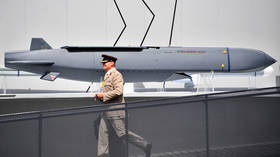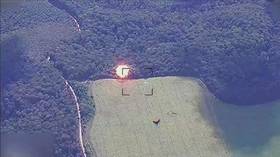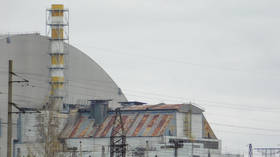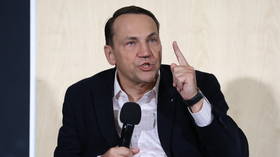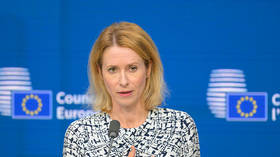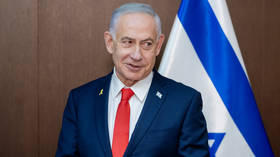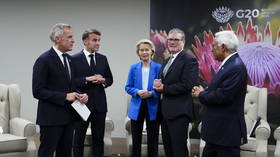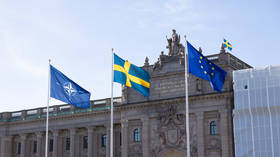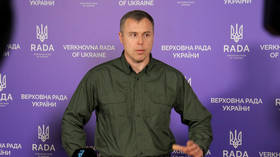Ukraine not allowed to use long-range missiles in Kursk – Pentagon
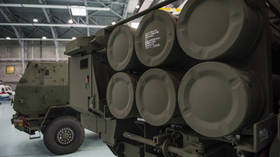
The US will not allow the Ukrainian military to use American longer-range missiles for strikes deep into Russia, including in Kursk Region, Pentagon deputy spokeswoman Sabrina Singh told a news briefing on Thursday. Kiev’s forces launched a major incursion into the Russian border region last week.
Kiev has repeatedly called on its Western backers to permit it to use certain weapons, including long-range ATACMS missiles, for strikes into Russian territory. The continuing incursion into Russia’s Kursk Region has “reinvigorated” these calls, according to Ukrainian media, with leader Vladimir Zelensky reportedly insisting that such strikes would bring the conflict closer to an end.
ATACMS can hit targets at a distance of up to 300 kilometers and can be launched by the US-made HIMARS multiple rocket launchers.
Asked about their use by Kiev on Thursday, Singh said that Washington had already “worked with the Ukrainians on setting those parameters” and that they “haven’t changed.”
According to the deputy spokesperson, the Pentagon believes the best way Ukraine can be effective is by trying to “push [Russian] forces back to regain their sovereign territory,” apparently referring to four former Ukrainian regions that joined Russia by referendum in 2022 but are still seen by Kiev as part of Ukraine.
”Doing long-range deep strikes within Russia” does not “necessarily” serve those goals, Singh continued, adding that “of course, we’re worried about escalation.”
She added that just because Russia “hasn’t responded to something doesn’t mean that they can’t or won’t in the future.”
In late May, several Western media outlets, including CNN and Reuters, reported that the President Joe Biden’s administration secretly gave Kiev permission to strike into the Russian territory. The move was reportedly taken in response to the Russian operation in the northeastern Ukrainian Kharkov Region launched earlier the same month.
In June, Washington Post reported, citing some Ukrainian officials that the US set a limit to the distance the nation’s military could fire at into the Russian territory, which amounted to “less than 100 kilometers.” Earlier, the Russian Defense Ministry reported destroying a US-made HIMARS multiple rocket launcher it said was used to attack the Kursk Region.
Earlier this week, The Telegraph reported that the British government had refused to allow Kiev to use Storm Shadow missiles – another Western-made long-range missile in its arsenal – to support its incursion into Russia’s Kursk Region.
According to CNN, the White House’s reluctance to allow Kiev to use ATACMS is not due to fear of escalation but to the “limited supply” of missiles it can spare. The broadcaster reported that the long-range weapons could be better used for targeting Russia’s Crimea.
On Friday, the Russian Defense Ministry said it had shot down 12 ATACMS missiles targeting the Crimean Bridge, which links the peninsula to mainland Russia. The bridge has repeatedly come under attack by Ukrainian forces throughout the conflict. In October 2022, it was damaged by a truck bomb. In July 2023, it was hit by a Ukrainian maritime drone. Both attacks resulted in several civilian casualties.
US officials believe the Kursk incursion could end badly for Kiev, CNN said, citing sources. Ukraine is “committing pretty experienced troops to this and they can’t afford to lose those troops,” one such official told the media outlet. Diverting those troops from the front line “creates opportunities for Russia to seize advantage and break through,” it added.
The attack on Kursk Region became the largest assault on a Russian border region since the start of the conflict. Moscow has accused Kiev of indiscriminately targeting civilians during the operation.
